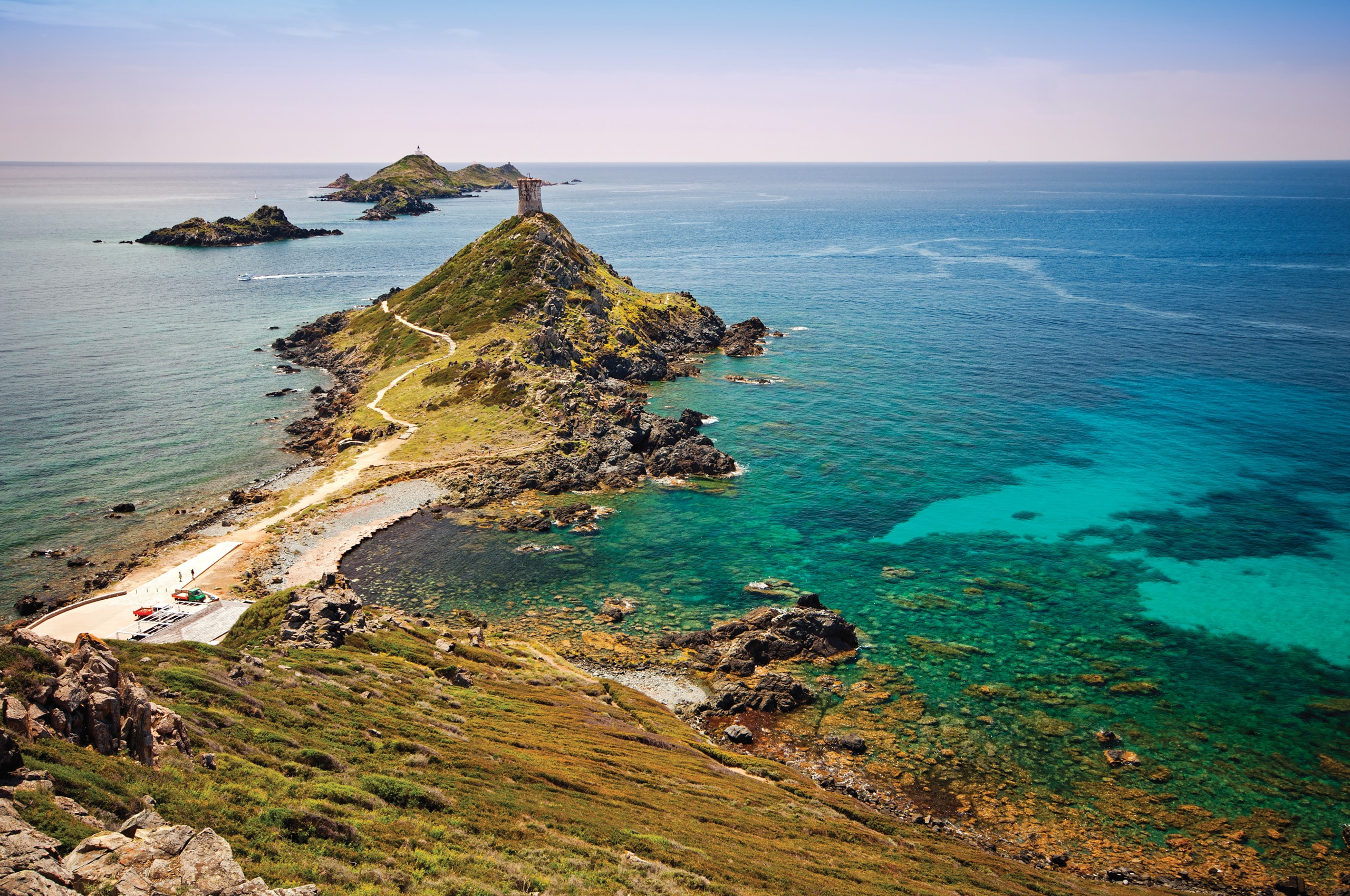
Martinique
Martinique
Description
To the Arawak, Martinique was their treasured "isle of flowers." Lying in the Lesser Antilles between Dominica and St. Lucia, the island is a tropical paradise of dense rain forest, rolling savanna and stunning beaches. The rich volcanic soil nourishes banana plantations and pineapple fields as well as mangoes, papayas, lemons, limes, and West Indian cherries. Little wonder that Columbus praised Martinique as the "best, most fertile, most delightful, and most charming land in the world." Martinique's cultural heritage is as rich and bountiful as its soil. The island has been governed by France for over three centuries. Today an overseas department of France, the island boasts a culture that is a unique and zesty blend of French, Caribbean, African and Middle Eastern influences, resulting in that spicy combination called Créole. Créole culture is reflected in Martinique's architecture, cuisine, language, and music. For years the mayor of Fort-de-France was the internationally acclaimed Créole poet Aimé Césaire. Five centuries after Columbus made his landfall, Martinique remains a rare flower in the Caribbean.
Points of Interest
- Church of Balata
- St. Pierre
- Rum Distillery
- Fort-de-France
- Banana Plantation
- Balata Botanical Garden
- Underwater Exploration
More about Martinique Points of Interest
-
Church of Balata -
The impressive model of Paris' Sacré-Coeur Basilica is a beautiful vision rising above the lush green hills of the suburb of Balata.
-
St. Pierre -
This French municipality was destroyed by Mt. Pelée's eruption in 1902. Today, it is a tourist destination in the north district of Martinique, and has been designated the "city of art and history."
-
Rum Distillery -
Taste some of the best rums in the world on the island of Martinique. Many have been bestowed with the Appellation d'Origine Contrôlée (AOC) award.
-
Fort-de-France -
Located on the west coast of the island, this capital city has one of the largest populations in the Caribbean and remains a part of France as an overseas department.
-
Banana Plantation -
Martinique's soil is rich and fertile. This combined with the tropical climate makes for excellent fruit-growing conditions, the banana being one of the island's most important crops.
-
Balata Botanical Garden -
Stroll through lush, tropical landscapes surrounded by exotic flora, such as anthurium, bird of paradise, heliconia, hibiscus, orchids and more.
-
Underwater Exploration -
Enjoy the brilliant sea gardens, coral reefs and colorful marine life while snorkeling.